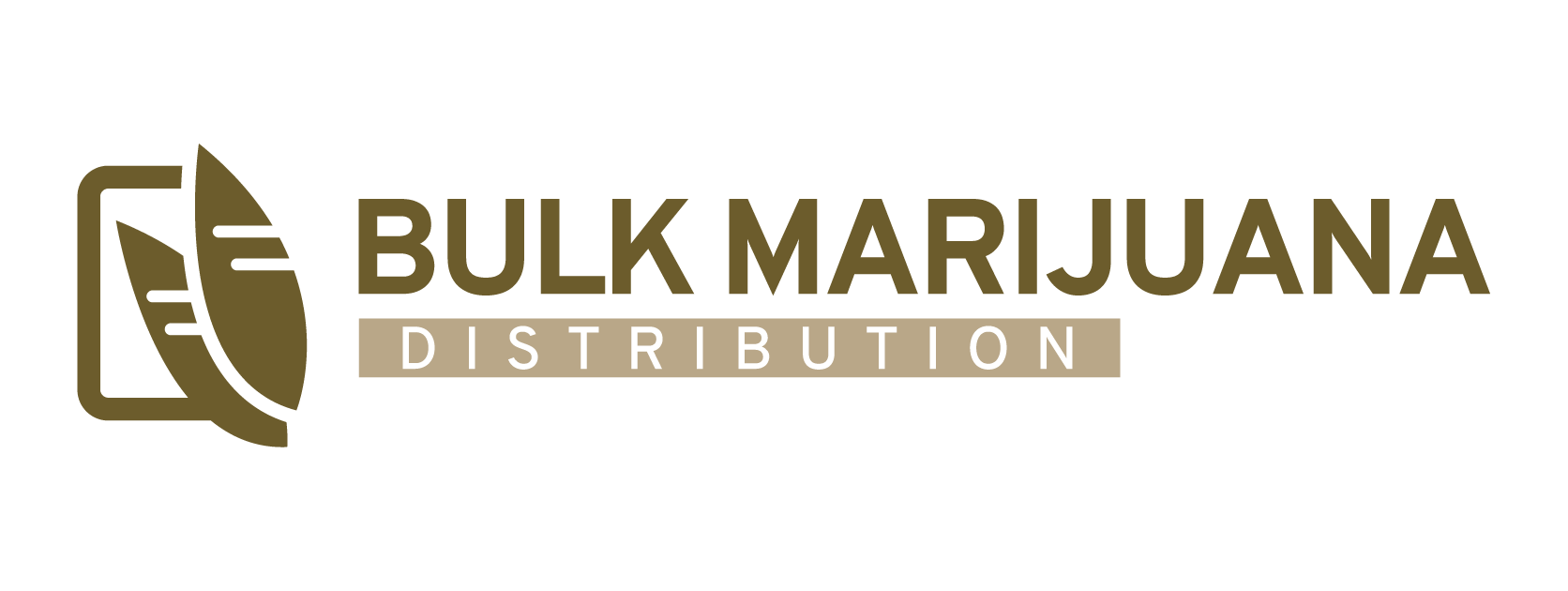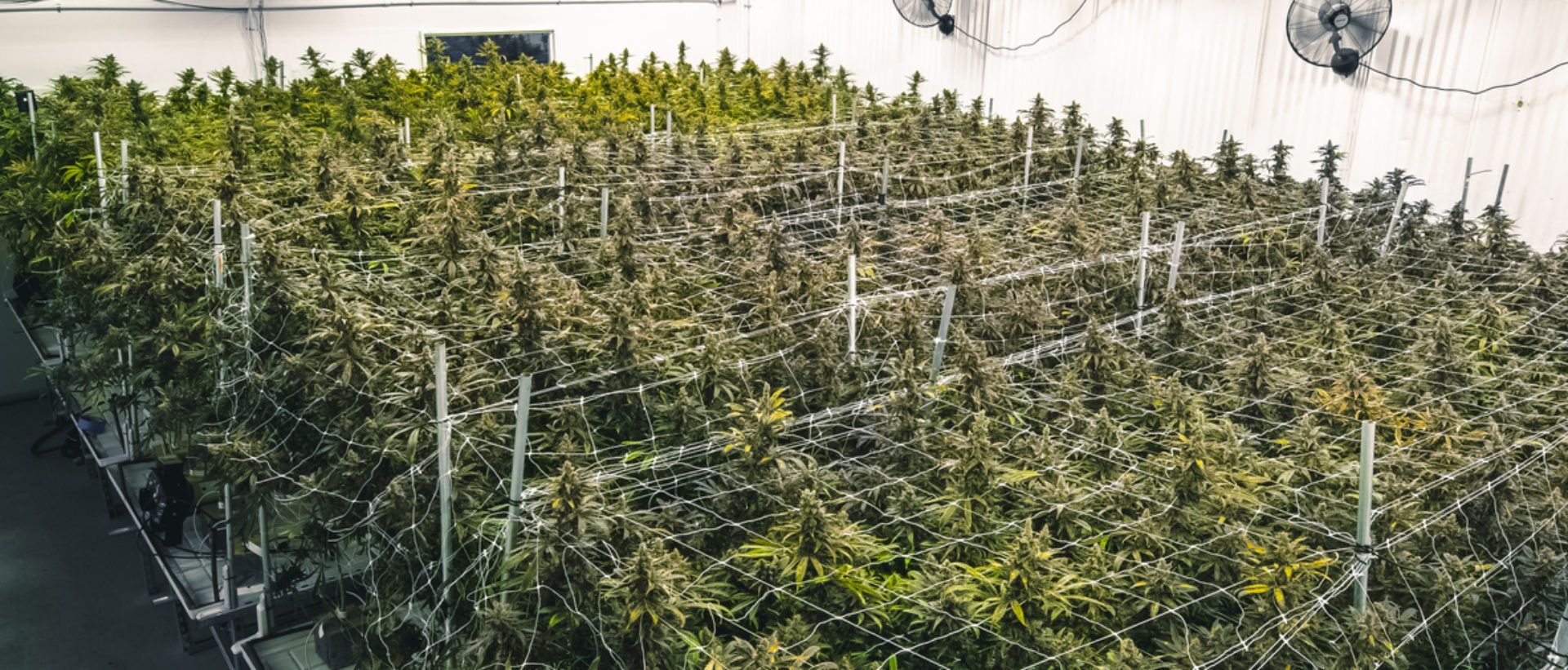In large-scale marijuana processing and distribution—encompassing cultivation, extraction, trimming, and packaging—operations generate several categories of waste:
- Solid plant material: Stems, leaves, roots, and unsalable buds.
- Liquid residues: Trim wash water, solvent runoff, and product remnants.
- Packaging waste: Boxes, plastic packaging, and mixed recyclables.
Each category demands distinct handling protocols driven by both environmental and regulatory requirements.
Regulatory Framework & Compliance
Cannabis producers must comply with federal and state waste regulations—chiefly the Resource Conservation and Recovery Act (RCRA)—which governs solid and hazardous wastes from “cradle to grave.” In addition, cannabis-specific regulations often require rendering waste “unusable and unrecognizable” before disposal.
State-by-state mandates frequently specify that cannabis plant waste must be blended at least 50% with inert materials like kitty litter or sand. Some states, including Nevada, require licensed waste services to document and transport cannabis waste securely.
Key Waste Management Practices
1. On-site Rendering (Solid Waste)
Facilities use shredders or grinders to break plant matter into small pieces, rendering it unusable and preparing it for blending. Regulated protocols ensure secure shredding—typically under surveillance, separated from retail inventory.
2. Blending with Inert Media
Shredded cannabis is mixed with at least an equal volume of approved inert material (e.g., kitty litter or sand). This transformation ensures non-cannabis waste classification and prevents product diversion.
3. Seasoned Storage & Tracking
After blending, waste is sealed in tamper‑evident containers and stored in locked, surveilled area. Businesses log each movement—date, weight, batch ID, responsible personnel—using Inventory Control Systems (ICS), per state regulations.
Liquid Waste Treatment
Liquid by-products from extraction or cleaning require different protocols. They’re never dumped into public sewer systems. Instead:
- Absorbent materials (e.g., paper, sawdust) are used to convert liquid into solid form.
- Alternatively, usage of dedicated holding tanks or septic treatment systems is mandated.
- Once solidified, the remnants follow the same shredding/blending/sealing process.
Off-site Disposal & Licensed Services
Cannabis businesses often contract licensed waste haulers to transport blended waste to municipal landfills or composting facilities. These providers ensure chain-of-custody, proper documentation, and adherence to disposal standards.
Disposal fees typically cover:
- Transport and handling of hazardous materials
- Secure shredding and inert blending
- Tracking and state reporting
Environmental & Safety Considerations
Adopting best practices helps protect public health and environmental quality:
- Odor control: Blending and sealed storage prevent nuisance and odor complaints.
- Worker safety: PPE (gloves, masks) is standard when handling plant or solvent waste.
- Hazardous materials: Solvents, pesticides, or nutrient runoff may be classified as hazardous under RCRA Subpart C, requiring special handling and permitted treatment.
Reporting & Auditing
Cannabis operations must maintain detailed records, including:
- Types and quantities of waste generated
- Blending ratios and container IDs
- Disposal dates and hauling manifest numbers
Frequent audits (internal and regulatory) ensure compliance and enhance traceability across the waste lifecycle.
Final Note
Effective waste management is fundamental to bulk cannabis compliance, environmental stewardship, and operational integrity. By implementing rigorous shredding, inert blending, secure storage, licensed transport, and detailed documentation, cannabis enterprises can legally and sustainably process waste while mitigating diversion and environmental risk.

